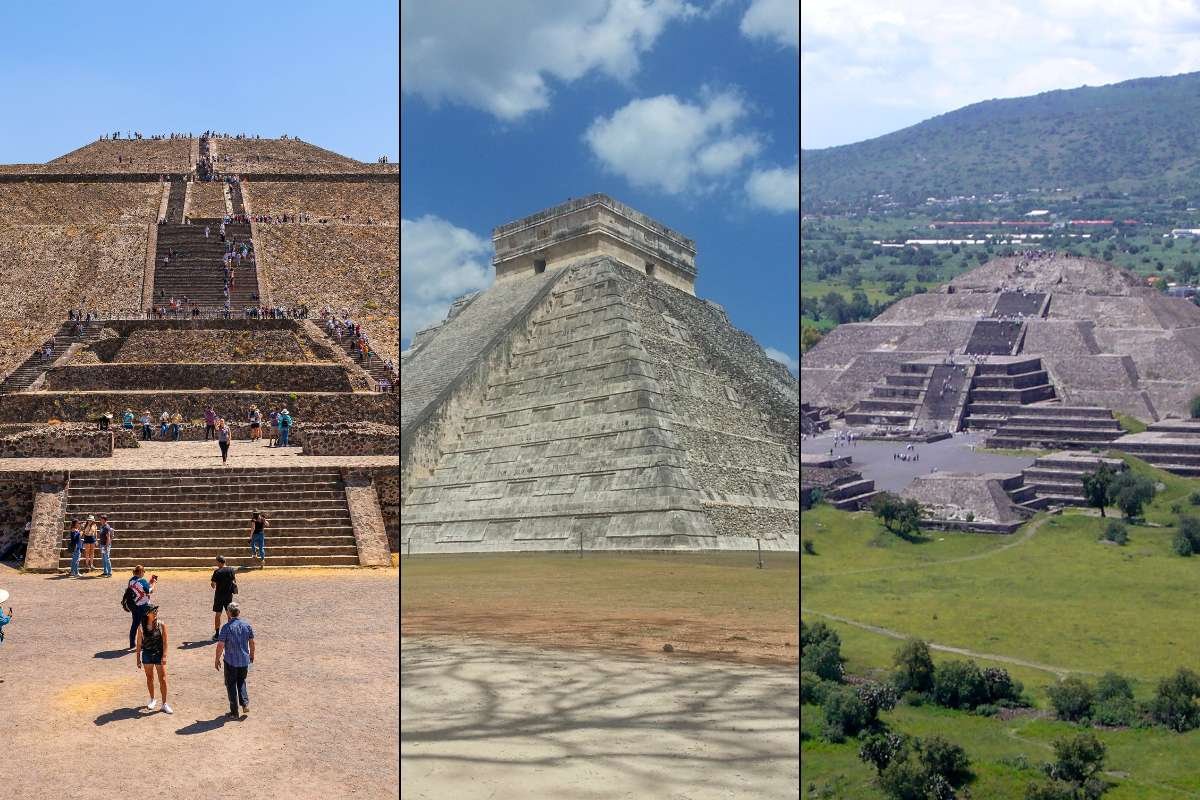Source-freepik.com
Creating a realistic budget is crucial to successfully managing a horse farm. Florida, a state known for its vibrant equestrian culture, provides a prime example of the diverse factors involved in budgeting for a horse property. With a population of over 21 million and a thriving economy driven by tourism, agriculture, and real estate, Florida offers numerous opportunities for equine enthusiasts.
When exploring Florida horse properties for sale, it’s essential to account for various costs to ensure a sustainable and profitable venture. This guide summarizes critical factors when budgeting for a horse farm, helping you make informed financial decisions and avoid unexpected expenses.
Here are factors to consider for budgeting for a horse farm:
1. Initial Purchase Costs
The first significant expense is the cost of purchasing the property. In Florida, horse properties can vary widely in price depending on location, size, and amenities. For instance, properties in prime equestrian areas like Ocala can range from $500,000 to several million dollars. Setting a realistic budget and factoring in extra costs such as legal fees, inspections, and closing costs, typically 2-5% of the purchase price is essential.
2. Facility Construction and Upgrades

Building and upgrading facilities is a significant expense. Depending on their size and complexity, barns, stables, and arenas can cost between $20,000 and $100,000. Ensure your budget includes funds for upgrades to existing structures, such as improving ventilation, adding insulation, or upgrading safety features.
3. Pasture and Land Management
Maintaining healthy pastures is essential for a successful horse farm. Costs include soil testing, fertilization, seeding, and weed control. Annually, pasture maintenance can range from $200 to $500 per acre. Investing in rotational grazing systems and proper fencing, which can cost between $1,500 and $2,500 per mile, is also crucial for effective land management.
4. Equipment and Supplies
Purchasing and maintaining equipment is another vital consideration. Essential equipment includes tractors, mowers, and manure spreaders, with costs ranging from $10,000 to $50,000. The budget should also include regular maintenance and repairs, averaging around 10-15% of the equipment’s purchase price annually.
5. Feed and Nutritional Supplements

Feeding your horses is a daily expense. The average horse consumes about 20 pounds of hay per day, costing approximately $1,000 to $1,500 per year per horse. Additional supplements and special dietary costs should also be included. Annual feed costs can range from $1,500 to $3,000 per horse.
6. Veterinary Care and Health Management
Regular veterinary care is essential to maintaining horse health. Budget for routine check-ups, vaccinations, dental care, and emergency treatments. Annual veterinary expenses can range from $500 to $1,000 per horse. Ensure you also set aside funds for farrier services, which cost around $50 to $150 per visit, depending on the type of shoeing required.
7. Labor and Staffing
Budgeting for a horse farm often requires hiring staff for daily operations, including feeding, cleaning, and general maintenance. Labor costs will vary based on the number of employees and the scope of their duties. On average, wages for farm staff range from $25,000 to $40,000 per year for a full-time employee. Benefits and housing, if provided, should also be factored in.
8. Utilities and Operational Costs

Utilities like water, electricity, and waste management are regular expenses. Monthly utility bills for a horse farm can vary from $500 to $2,000, according to the size and location of the property. Additional operational costs, including insurance and property taxes, should also be factored into the budget.
9. Emergency Fund
Establishing an emergency fund is essential for unexpected expenses. Set aside at least 10-15% of your annual budget to cover unplanned costs, such as equipment breakdowns, unexpected veterinary bills, or natural disasters. This fund gives you a financial safety net and ensures the farm’s continued operation.
In conclusion, creating a comprehensive budgeting for a horse farm involves carefully planning and considering various expenses. Thoroughly researching and understanding these costs ensures that your investment in Florida horse properties is financially sound and sustainable.


















